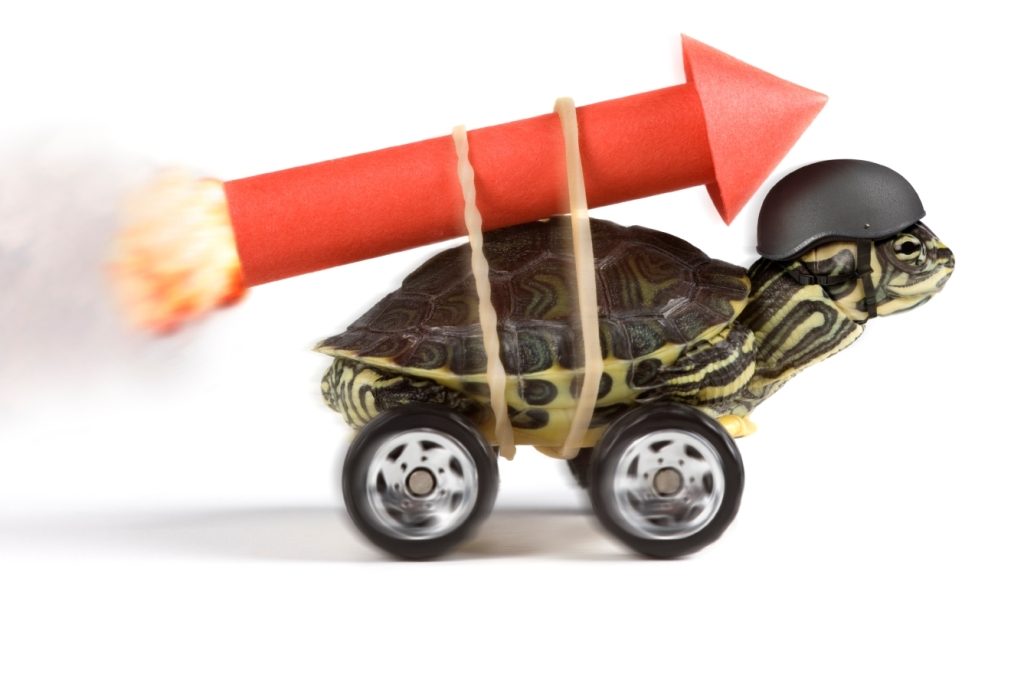
My favorite demo, when asked if solid state (SSD) makes a difference, is to whip open my 2010 MacBook Pro and turn it on. Having a second one with a traditional hard drive next to it makes a great demo, but of course that isn’t always possible. My laptop boots in about 10 seconds, whereas a MacBook Pro with a traditional mechanical drive takes about a minute.
If you ask anyone in the biz hard drives are the bottleneck in any system. Everything passes though the drive at some point including the operating system, pictures and games. Basically the processor reads stuff from the storage device and memory holds stuff before being written back to the drive. (I think I just explained how a computer works in one sentence)
In the old days we used to suggest beefing up memory and processor speeds when a customer wanted faster. It made sense that a faster processor would hypercaffeinate an old machine. Heck, more RAM allowed more data to be stored in volatile memory which also served to speed up a tired computer.
We also used to use a hard drive configuration called RAID. If set up correctly RAID could theoretically multiply the speed of a hard drive by the number of drives in the RAID array. Problem was, the more hard drives in the array the higher the chances of complete data loss.
Suddenly solid state drives that used no moving parts came into the picture. Installing an SSD in place of a traditional mechanical drive decreased boot times dramatically. SSD’s were a dream come true except for the price which caused many jaws to dislocate in my stores.
Today’s SSD’s are much less expensive and more reliable than years past. Coolest part about SSD’s is they can be adapted to any modern machine and breathe new life into tired old gear. My 7 year old MacBook runs faster than many of the newer versions of the same machine that come through our doors for service. Blazing fast.
Downsides? Yup, there’s downsides to everything these days. Price per storage capacity is much higher than mechanical drives. If they fail, they fail. Knock on wood, the PC I’m using to write this article has a 6 year old SSD and it hasn’t shown any signs of wear.
So, if you have a tired old computer or laptop that you want to kick in the butt, consider swapping to SSD. Provided your current drive is good enough to copy, all the contents including the operating system, programs and data can be copied to an SSD making the swap easier to swallow. Most of the time the cost to upgrade to an SSD is less than the cost of a new laptop.
(Jeromy Patriquin is the President of Laptop & Computer Repair, Inc. www.LocalComputerWiz.com.)